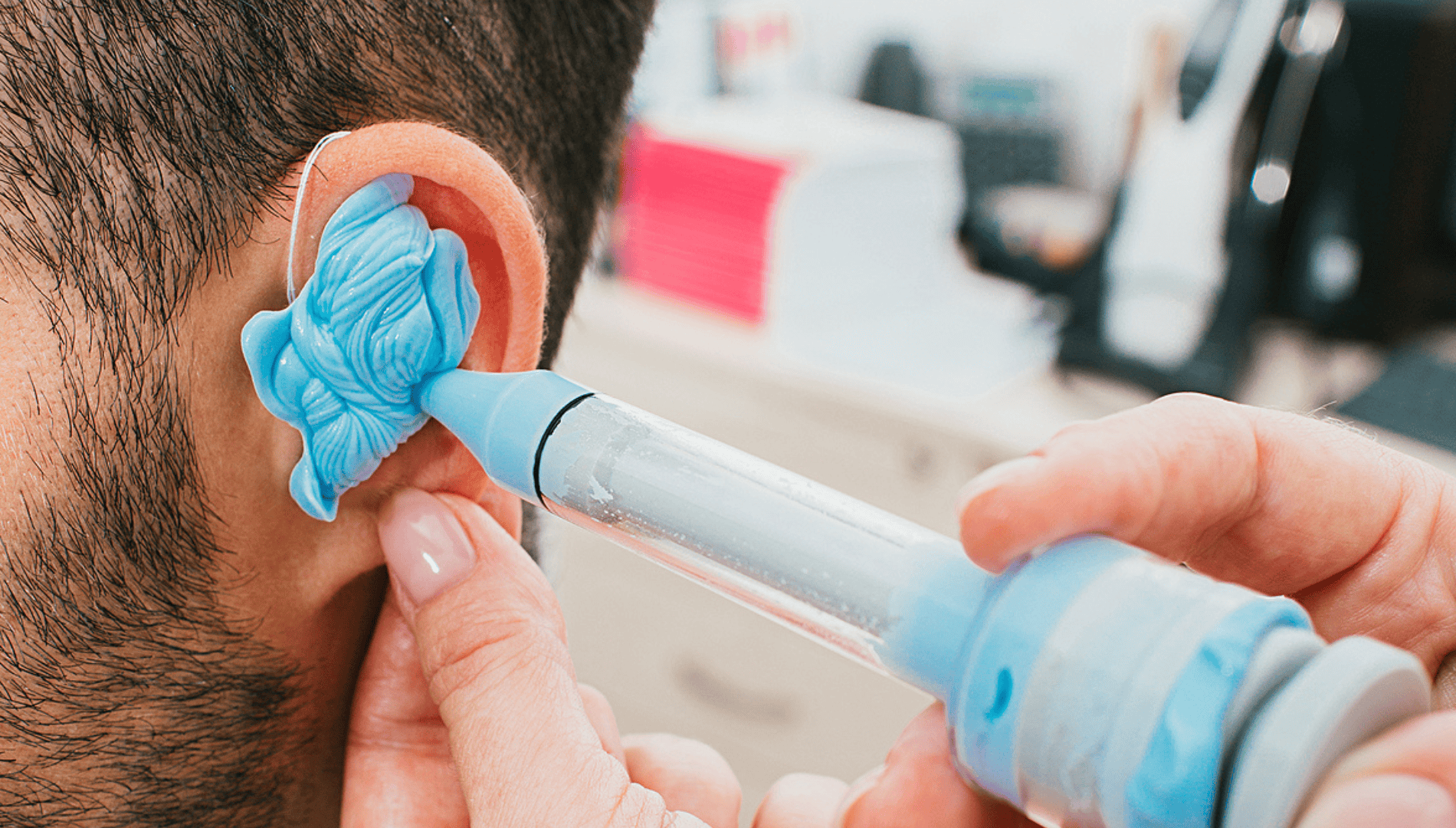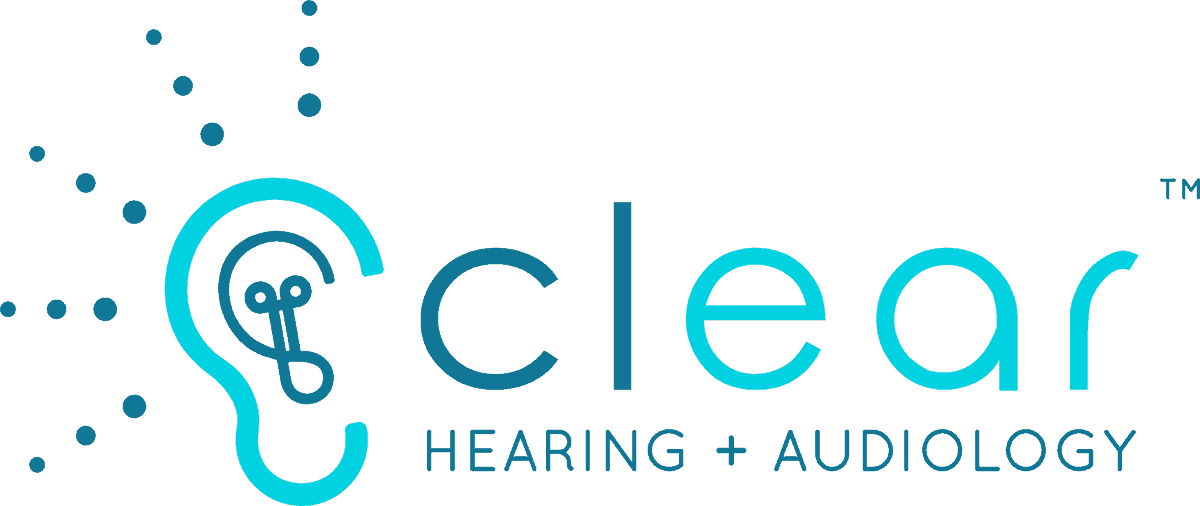
Earmold impressions are critical for the perfect fit for custom hearing aids, earplugs, or other specialized ear devices. This process may seem straightforward, but its importance in achieving optimal comfort and functionality cannot be overstated. Knowing what to expect during the procedure can ease concerns and highlight the value of a personalized approach to hearing health.
Tailored devices often make a significant difference for those managing hearing loss. Earmold impressions pave the way for this tailored experience by providing a precise model of the ear’s unique structure. Understanding each step of the process reveals how technology and expertise work together to prioritize hearing health.
What Are Earmold Impressions?
Earmold impressions involve creating a detailed replica of the outer ear and ear canal. This custom mold is the foundation for making hearing aids, protective earplugs, or other auditory devices. The precision of these impressions ensures a secure and comfortable fit, which is vital for both performance and long-term wearability.
Hearing health professionals perform the procedure using safe, specialized materials that adapt to the ear’s shape. These impressions are particularly beneficial for individuals who experience hearing loss and require custom solutions as part of their hearing health exam.
The Preparation Phase
Before the impression process begins, a hearing health professional will conduct an initial assessment. This includes examining the ear to ensure it is free of obstructions like excessive earwax or foreign objects. A clear ear canal is important for obtaining accurate impressions and preventing discomfort during the procedure.
The preparation phase may also involve a discussion about the purpose of the earmold, whether for hearing aids, musician’s plugs, or custom earpieces for other needs. This tailored approach ensures the end product aligns with individual requirements and goals.
The Materials and Tools Used
Silicone-based materials are commonly used for earmold impressions. These materials are hypoallergenic, safe, and designed to capture even the smallest details of the ear’s anatomy. The hearing health professional will also use tools like an otoscope to visually inspect the ear and a small cotton or foam dam, which acts as a barrier to protect the eardrum during the procedure.
The selection of high-quality materials and tools is critical in delivering precise results. These details directly impact the comfort and effectiveness of the final product, making this step a cornerstone of the process.
The Procedure Step-by-Step
Once the ear is prepared, the hearing health professional inserts the cotton or foam dam into the ear canal. This ensures the impression material remains safely within the designated area. Next, a specialized syringe gently injects the silicone material into the ear. The material fills the outer ear and canal contours, capturing every curve and ridge. The material typically sets in within a few minutes.
During this time, remain still to preserve the accuracy of the mold. Once the material hardens, the hearing health professional carefully removes it. This process is usually painless and straightforward, leaving behind a detailed impression of the ear’s structure.
The Importance of Accuracy
Precision is important when creating earmold impressions. Even minor inaccuracies can impact the fit and functionality of custom devices. A proper fit ensures that hearing aids or earplugs provide maximum benefit, whether amplifying sound or protecting hearing in noisy environments.
Accurate impressions also contribute to the durability and longevity of custom devices. A snug fit reduces the likelihood of feedback or discomfort, enhancing the user’s experience.
Aftercare and Next Steps
After the impression is complete, it is sent to a lab where the custom earmold or device is crafted. Depending on the complexity of the design, the production process can take a few weeks. In the meantime, the hearing health professional may provide temporary solutions or adjustments to existing devices. Regular follow-ups are often recommended to ensure the final product meets expectations and continues to effectively support hearing health.
Maintaining open communication with the hearing health professional ensures any concerns or preferences are addressed. This collaborative approach highlights the personalized care that makes custom devices integral to managing hearing loss.
A Seamless Path to Better Hearing
Earmold impressions is pivotal in creating devices that enhance daily life. Whether for addressing hearing loss, improving sound quality, or providing specialized protection, the process demonstrates the importance of precise craftsmanship in hearing care.
For those undergoing a hearing health exam or exploring solutions for their auditory needs, understanding this process underscores the commitment to comfort and functionality. Every detail matters in ensuring a custom-fit device that empowers individuals to stay connected to their world.
